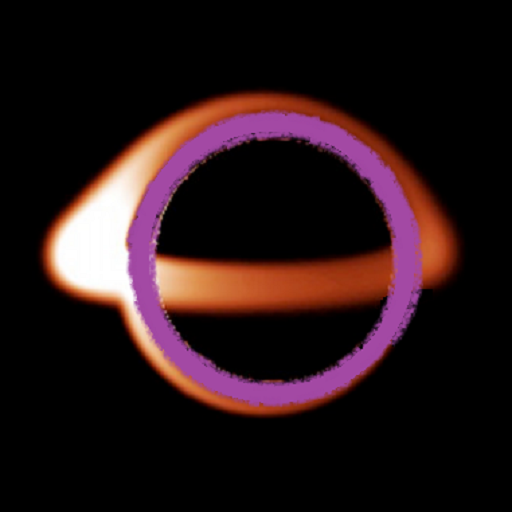We use time to measure cycles, which are broken down to repeating events. In a cycle, we can observe something grow. And in a cycle, everything has a DECAY, like when we age. We also see decay all around us: planets’ orbits decay as they slowly fall towards their sun. Even atoms decay by losing an electron, proton, or neutron. In fact, we currently keep time with an atomic clock that measures the radioactive decay of a cesium atom.
So, TIME IS MEASUREMENT OF DECAY.
Is time always the same? We might think so, but it’s not! Time varies. Einstein’s General Relativity shows that as an object moves faster, its time (or decay) slows down relative to an object that is either moving slower or standing still. This was proved with 2 atomic clocks – one in motion on a plane, and one on the ground. After the flight, there was a measurable difference.
So if time is relative, we can have varying rates of decay. Does this mean we can go back in time? This would mean we would have negative decay, like putting an eggshell back together after it breaks. This violates ENTROPY (when something goes from a state of order to a state of disorder), so we don’t go back in time. But, according to quantum physics, all possible states of decay EXIST, meaning that all time exists! You are the sum of your cycle of time, not a part of it!
In summary,
• Time is measurement of decay;
• Decay is relative; and
All possible states of decay, thus time, do exist.


